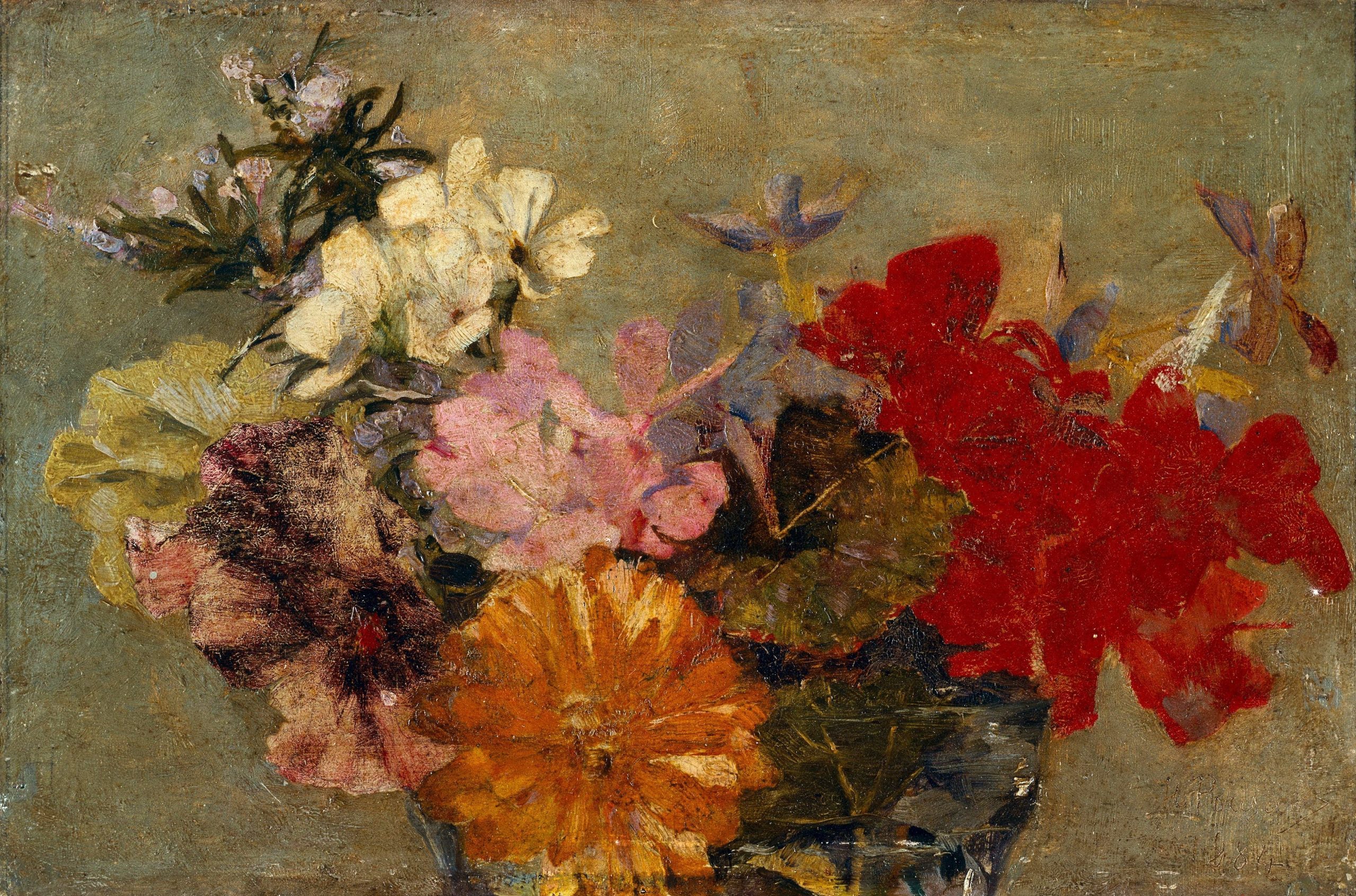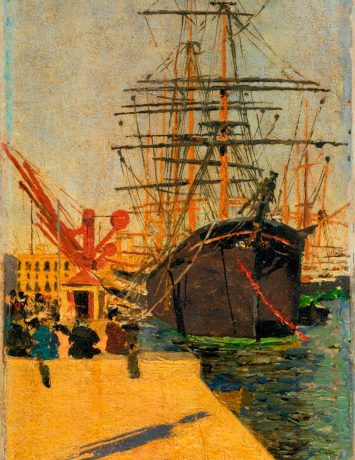Henrique Pousão was born in Vila Viçosa, where he also died at the age of 25.
He entered the Academia Portuense de Belas-Artes, where he was honoured as a painter of the first naturalist generation, and was a state pensioner in France and Italy.
His paintings of roads and streets, courtyards, houses and aspects of Paris bear witness to his creative career, which culminated in his stays in Rome and Capri.
From an early age, his family recognised his talent, manifested above all in pencil portraits. At the age of 10, he moved to Barcelos and, in 1872, settled in Porto. It was in this city that he attended the atelier of the painter António José da Costa to prepare for his entry into the Academia Portuense de Belas-Artes (1872).
Greatly influenced by Marques de Oliveira, who had returned from Paris in 1879, Pousão won the competition to become a pensioner and arrived in Paris at the end of 1880, accompanied by Sousa Pinto (1856 – 1939).
Before joining the studio of Cabanel and Yvon, he visited art galleries and museums in both Paris and Madrid. He moved to Rome, where he rented a studio and, in 1882, produced significant works, also in Naples and Capri.
Landscapes with a poetic and vibrant colour scheme, exercises in capturing light, genre paintings such as Cecília, and portraits, such as Senhora Vestida de Preto (Lady in Black), done in Paris, reveal his modernity, which was unusual in the Portuguese art scene.
At the end of 1883, already ill, he decided to return to Portugal. He travelled via Genoa, passing through Marseille and Barcelona, where he painted “Cais de Barcelona” (side image).
In March 1884, a few days before his death, he painted Um Ramo de Flores (A bouquet of flowers) (top image).
His work, which reveals the boldness and talent of the young painter and his absolute interest in the values of the painting itself to the detriment of the themes or the narrative, was given, after his premature death, to the Academia Portuense de Belas Artes.
In the collection of the Soares dos Reis National Museum, Henrique Pousão’s work is strongly represented, particularly the works Casas Brancas de Capri (The white houses of Capri), Senhora Vestida de Preto (Lady in black) and Janela das Persianas Azuis (Window with blue shutters), all classified as national treasures.


